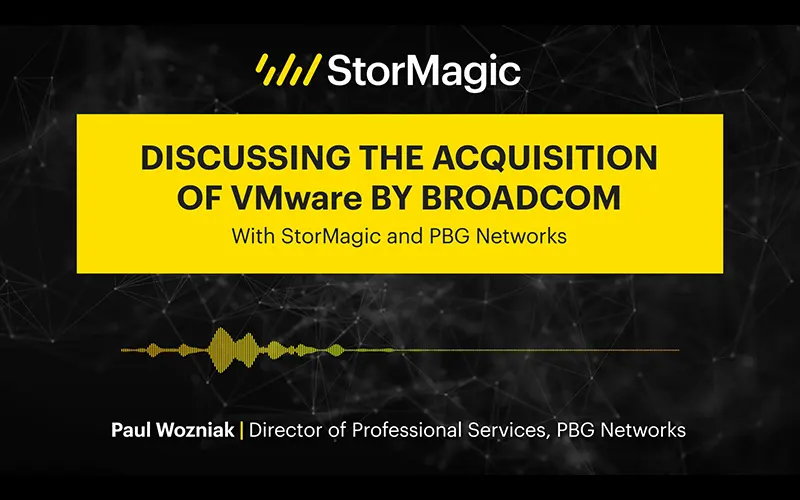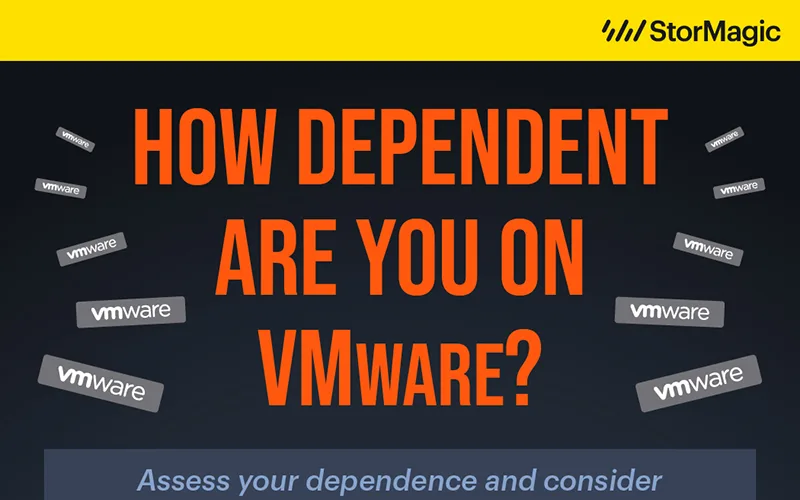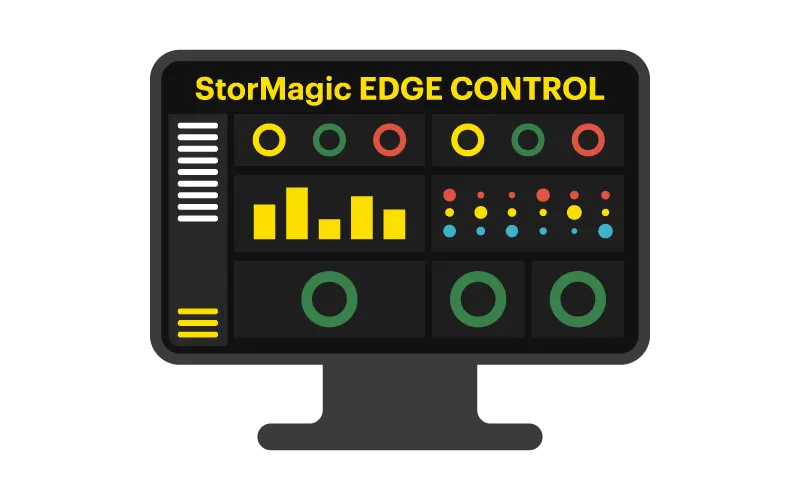Our world is constantly growing and evolving. By 2050, the human population is predicted to jump up to a whopping 10.8 billion people, with 68% living in urban environments. Consequently, there is increasing pressure to invest in more sustainable ways of living, like developing smart cities, that harness the power of the cloud and edge computing.
Artificial Intelligence (AI), the Internet of Things (IoT), and edge computing projects are driving the smart city revolution, being adopted and developed to power autonomous vehicle systems and traffic signals, and even extending to cover aspects of our way of life, such as automating utilities, building control (lighting, cooling, security) and other transport types.
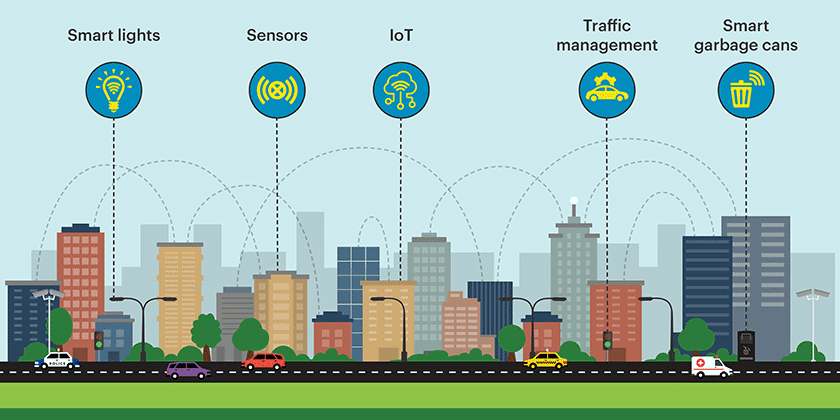
But how do smart cities work?
While a lot of the data is processed centrally, the nature of a smart environment relies heavily on connectivity and latency – something that cannot be guaranteed by cloud infrastructure alone. By linking up remote areas to a few central systems dotted around the city, problems such as downtime or latency, which create unacceptable delays in data processing for systems that regulate traffic flow, autonomous vehicles, or are relied upon by patients and healthcare professionals, are eliminated.
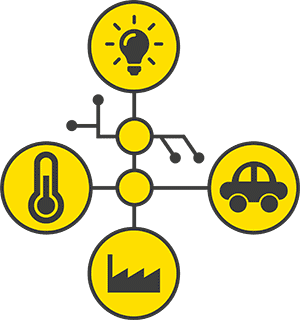 Intelligent edge computing for IoT-based energy management in smart cities, like Singapore, Tokyo, Seoul, and Dubai, relies heavily on sensors to activate smart lighting and manage other vital services including smart garbage cans, and other reactive services. In order to activate the smart equipment, lightweight edge deployments are necessary to allow for fast processing of data locally.
Intelligent edge computing for IoT-based energy management in smart cities, like Singapore, Tokyo, Seoul, and Dubai, relies heavily on sensors to activate smart lighting and manage other vital services including smart garbage cans, and other reactive services. In order to activate the smart equipment, lightweight edge deployments are necessary to allow for fast processing of data locally.
Since lights and garbage services are still needed in remote locations, using edge computing solutions in smart cities also removes the risk of these sensors falling victim to connectivity issues, which are more likely to occur if they were connected to a cloud or 5G system.
What are the benefits of edge computing in smart cities?
The purpose of a smart city is to optimize services for citizens and create greater efficiencies, cost savings, levels of safety, sustainability, and even well-being in day-to-day living. Some have even been able to create pockets within the city where both humanity and nature flourish (think Singapore’s iconic Gardens by the Bay). Edge computing helps smart cities realize these benefits by enabling 5G and IoT systems to work with greater efficiency, essentially shaping and powering it. Some additional benefits include:
Reducing transmission delays: As the data generated and used by these devices doesn’t have to travel to and from a far-off datacenter, edge computing significantly reduces network latency and the risk of service outages.
Creating greater network resilience: Short travel distances for processing contribute to greater speed and efficiencies for IoT devices and the software operating on-site, allowing the smart city to be more resilient.
Supporting data centralization on-premise and in the cloud: Smart cities using edge computing technology have the capacity to support large numbers of systems, ensuring flexibility, security, and speed within each system (e.g. a smart building’s ventilation system).
Why choose SvSAN to provide edge computing for smart cities?
While development is essential, technology is only one aspect of smart cities, which also rely on effective governance and sensible planning. However, edge computing will be a defining aspect of how we build more sustainable cities and an important pillar in introducing AI into our everyday lives to help us tackle some of the biggest ecological and social challenges faced today.
Lightweight, highly available solutions, such as SvSAN, are perfect for deploying edge computing in smart cities. SvSAN is a software-defined virtual SAN solution that provides the shared storage necessary for high availability, using just two nodes per cluster, making it not only lightweight, but affordable for local governments, municipalities and public organizations. See how SvSAN provides the high availability necessary to keep remote wind turbines running, city water supplies active, and traffic management systems online. Alternatively, witness the software in action by requesting a demo, or simply emailing [email protected]


